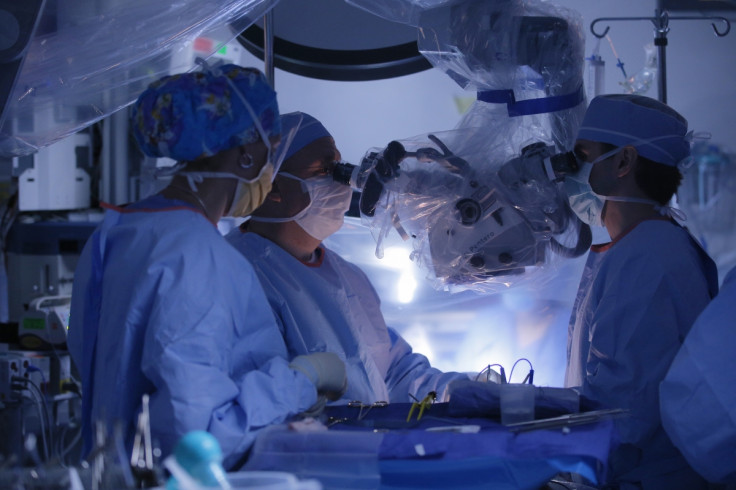Harmless Virus is Able to Kill Triple Negative Breast Cancer Cells

Scientists at the Penn State College of Medicine have discovered that a virus that is harmless to humans will kill triple-negative breast cancer cells and tumour cells in mice when applied to cancers.
Breast cancer is the leading cause of cancer death in women in the world, and triple-negative breast cancer is the hardest type of breast cancer to treat.
Some types of tumours contain protein receptors that are activated by one of three proteins – namely the human epidermal growth factor receptor 2 (HER2), the hormone oestrogen or the hormone progesterone.
Chemotherapies usually target one of these three receptors, but since triple-negative cancers do not express these genes, doctors have to treat them with a combination of therapies.
"Treatment of breast cancer remains difficult because there are multiple signalling pathways that promote tumour growth and develop resistance to treatment," said Craig Meyers, a professor of Microbiology and Immunology at Penn State.
"There is an urgent and ongoing need for the development of novel therapies which efficiently target triple-negative breast cancers."
Applying AAV2 to cancer cells
Adeno-associated virus type 2 (AAV2) is a small virus that infects humans and certain primate species. It is considered relatively harmless as it has not been known to cause disease so far, and it causes a very mild immune response.
When AAV2 was applied to a cell-line representative of triple-negative breast cancer, the virus killed 100% of the cancer cells by activating proteins called caspases, which are essential in a cell's natural death.
Previous studies by the researchers have found that when AAV2 is applied to a wide range of cancers, it will kill the cancer cells, while leaving the healthy cells alone.
The researchers also injected AAV2 into mice that had tumours derived from human breast cancer cell-lines, as well as non-functioning immune systems.
Works without a functioning immune system too
The mice who were treated all survived through the study, did not show any signs of being sick and areas of cell death were clearly visible.
The size of the tumours also decreased in the treated mice, as compared to the untreated mice.
"These results are significant, since tumour necrosis – or death – in response to therapy is also used as the measure of an effective chemotherapeutic," said Meyers.
Understanding how AAV2 kills cancer cells may lead to new treatments for breast cancer.
You can read more about the study, entitled "Adeno-associated virus type 2 infection of nude mouse human breast cancer xenograft induces necrotic death and inhibits tumor growth" in the journal Cancer Biology & Therapy.
© Copyright IBTimes 2025. All rights reserved.






















